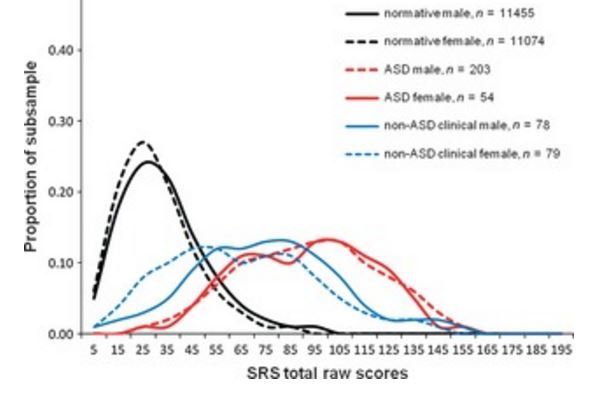Autism associated with low vitamin D during pregnancy
See also "Autism, Vitamin D and Early Brain Development" 2016
📄 Download the attached PDF from Vitamin D Life
Gestational vitamin D deficiency and autism-related traits:
the Generation R Study
Molecular Psychiatry advance online publication 29 November 2016; doi: 10.1038/mp.2016.213
A A E Vinkhuyzen1, D W Eyles1,2, T H J Burne1,2, L M E Blanken3,4, C J Kruithof3,5, F Verhulst4, V W Jaddoe3,5,6, H Tiemeier4,5 and J J McGrath1,2,7

📄 Download the PDF from Vitamin D Life
1Queensland Brain Institute, The University of Queensland, St Lucia, QLD, Australia
2Queensland Centre for Mental Health Research, The Park Centre for Mental Health, Wacol, QLD, Australia
3The Generation R Study Group, Erasmus MC, University Medical Center, Rotterdam, The Netherlands
4Department of Child and Adolescent Psychiatry/Psychology, Erasmus MC, University Medical Center, Rotterdam, The Netherlands
5Department of Epidemiology, Erasmus MC, University Medical Center, Rotterdam, The Netherlands
6Department of Pediatrics, Erasmus Medical Center, Rotterdam, The Netherlands
7National Centre for Register-Based Research, Aarhus University, Aarhus C, Denmark
Correspondence: Professor JJ McGrath, Queensland Brain Institute, University of Queensland, St Lucia, Brisbane, QLD 4072, Australia. E-mail: [email protected]

There is intense interest in identifying modifiable risk factors associated with autism-spectrum disorders (ASD). Autism-related traits, which can be assessed in a continuous fashion, share risk factors with ASD, and thus can serve as informative phenotypes in population-based cohort studies. Based on the growing body of research linking gestational vitamin D deficiency with altered brain development, this common exposure is a candidate modifiable risk factor for ASD and autism-related traits. The association between gestational vitamin D deficiency and a continuous measure of autism-related traits at ~6 years (Social Responsiveness Scale; SRS) was determined in a large population-based cohort of mothers and their children (n=4229). 25-hydroxyvitamin D (25OHD) was assessed from maternal mid-gestation sera and from neonatal sera (collected from cord blood). Vitamin D deficiency was defined as 25OHD concentrations less than 25 nmol l 1. Compared with the 25OHD sufficient group (25OHD>50 nmol l 1), those who were 25OHD deficient had significantly higher (more abnormal) SRS scores (mid-gestation n=2866, β=0.06, P<0.001; cord blood n=1712, β=0.03, P=0.01).
The findings persisted
(a) when we restricted the models to offspring with European ancestry,
(b) when we adjusted for sample structure using genetic data,
(c) when 25OHD was entered as a continuous measure in the models and
(d) when we corrected for the effect of season of blood sampling.
Gestational vitamin D deficiency was associated with autism-related traits in a large population-based sample. Because gestational vitamin D deficiency is readily preventable with safe, cheap and accessible supplements, this candidate risk factor warrants closer scrutiny.
